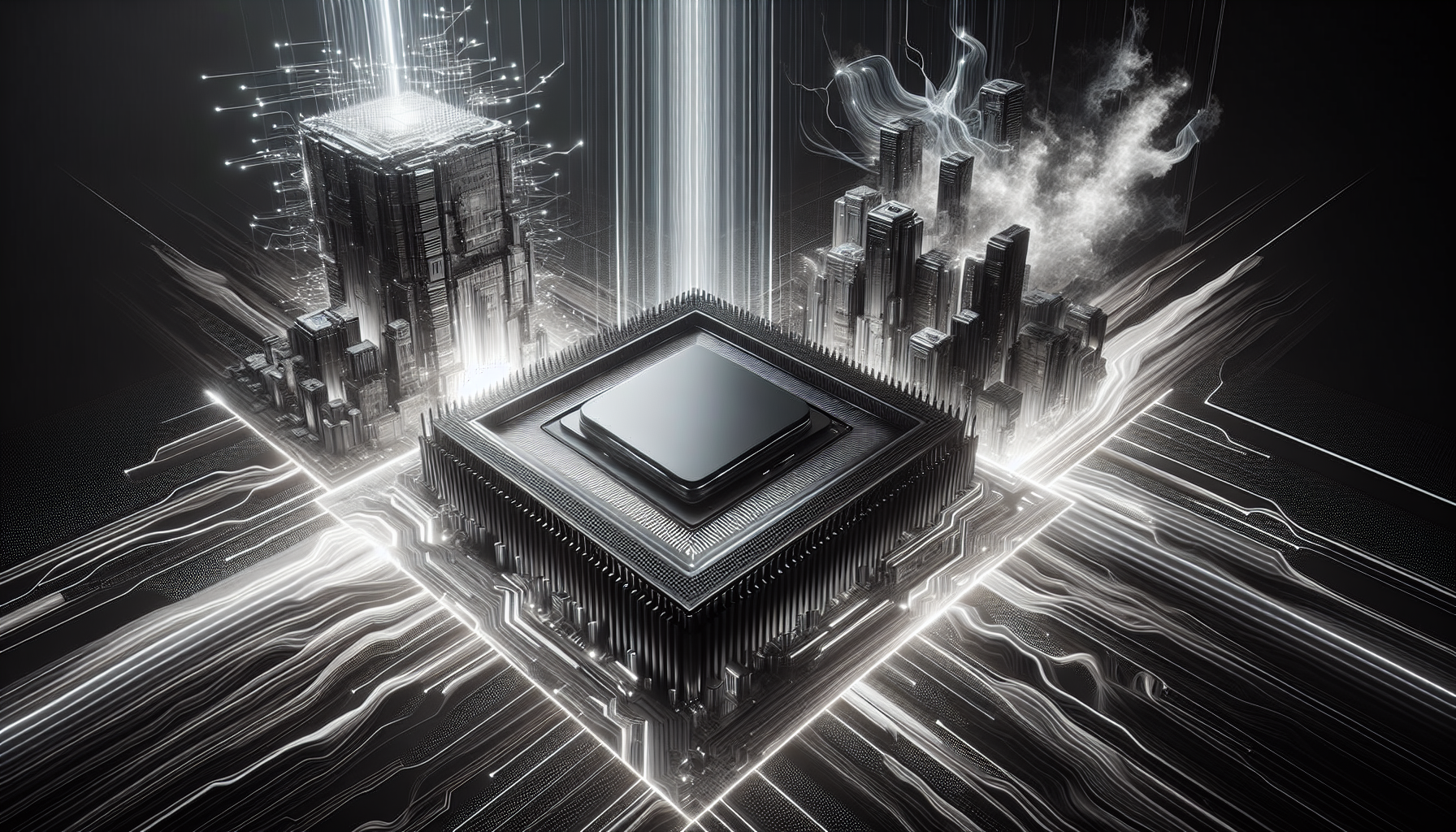Intel's EMIB-T: A Major Win for AI and HPC Performance
What if the next big leap in AI performance didn't come from a faster chip, but from how the chips are connected? That's exactly what Intel is betting on with its latest breakthrough: EMIB-T. Unveiled at the Electronic Components Technology Conference on June 3, 2025, this new chip packaging technique could redefine how data centers and AI systems are built.
EMIB-T stands for Embedded Multi-die Interconnect Bridge with Through-Silicon Vias. It's a mouthful, but the concept is simple: make the connections between chiplets faster, denser, and more efficient. In a world where AI models are growing exponentially in size and complexity, that's not just helpful-it's essential.
Why Packaging Matters More Than Ever
Traditionally, chip performance was all about transistor count and clock speed. But as Moore's Law slows and chiplet-based architectures become the norm, how those chiplets talk to each other is just as important as what they do individually. That's where advanced packaging comes in.
Intel's EMIB technology already allowed multiple chiplets to be stitched together on a single package using a tiny silicon bridge. EMIB-T takes this further by adding vertical connections-through-silicon vias (TSVs)-to the mix. This enables even tighter integration, lower latency, and higher bandwidth between components.
Think of it like upgrading from a two-lane road to a multi-level highway. More data can move faster, with less energy wasted along the way.
Built for the AI Era
One of the biggest beneficiaries of EMIB-T will be high-bandwidth memory, specifically HBM4. This next-gen memory standard is expected to double the data rates of HBM3, making it ideal for AI training, inference, and other memory-hungry tasks. EMIB-T is designed to support this leap, ensuring that memory and compute units can keep up with each other.
Intel also highlighted how EMIB-T boosts interconnect bandwidth for UCIe, the emerging standard for chiplet communication. This is crucial for modular designs where different chiplets-CPU, GPU, memory, accelerators-need to work together seamlessly. With EMIB-T, Intel is laying the groundwork for a more flexible, scalable computing future.
Strategic Advantage in the Foundry Race
Beyond the tech specs, EMIB-T is a strategic move for Intel's foundry business. As the company competes with TSMC and Samsung to manufacture chips for third parties, advanced packaging has become a key differentiator. It allows Intel to offer cutting-edge performance without relying solely on the most advanced process nodes, which are expensive and time-consuming to develop.
Clients like AWS, Cisco, and U.S. government programs such as RAMP-C and SHIP are already tapping into Intel's packaging capabilities. EMIB-T strengthens that value proposition, especially for customers building AI infrastructure or high-performance computing systems.
Intel's stock rose 3.2% in after-hours trading following the announcement-a sign that investors see the potential. But the real test will be in execution. Can Intel scale EMIB-T affordably? Will it deliver the promised performance gains in real-world systems? These are the questions that will shape its impact over the next two years.
Competition Heats Up
Intel isn't alone in this race. TSMC is investing heavily in its own advanced packaging solutions, including CoWoS and SoIC. Samsung is also pushing forward with 3D packaging technologies. The competition is fierce, and the stakes are high. Whoever leads in packaging could control the future of AI hardware.
But Intel has a head start. It's been working on EMIB since 2017 and has already deployed it in products like the Stratix 10 FPGA and Ponte Vecchio GPU. EMIB-T builds on that foundation, adding a new layer of complexity-and opportunity.
What This Means for the Future
As AI models like GPT-5 and beyond demand more compute and memory bandwidth, traditional chip designs won't cut it. The industry is moving toward disaggregated architectures, where specialized chiplets are combined like Lego blocks. EMIB-T makes that vision more practical and powerful.
It's not just about speed. It's about efficiency, flexibility, and the ability to innovate faster. With EMIB-T, Intel is betting that the future of computing won't be built on a single chip, but on how well those chips work together.
And in that future, the bridges between chips might matter more than the chips themselves.
